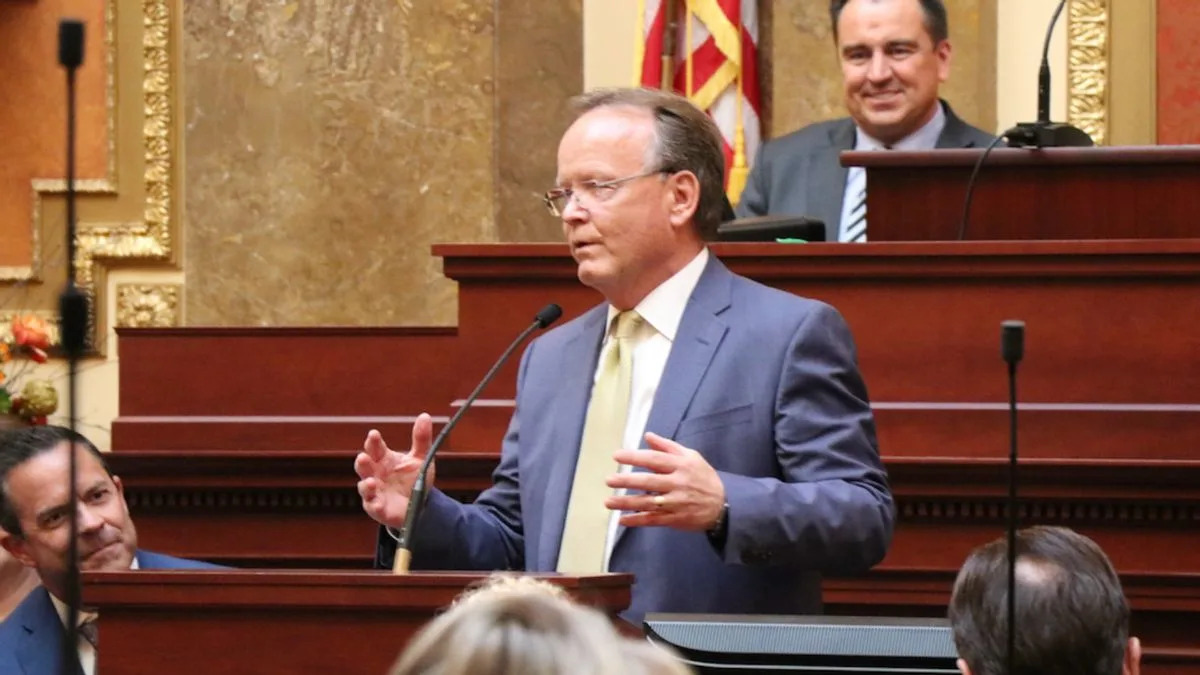
On April 22, which is Earth Day, researchers studying the sea floor in unexplored deepwater regions of Papahānaumokuākea found something incredible: an enormous monolith nearly 50-feet high.
The Papahānaumokuākea region is an amazing place. Located off the northwestern Hawaiian Islands, the vast archipelago has been designated as a UNESCO World Heritage Site. It’s one of the largest marine conservation areas in the world, and it is an absolute treasure trove of wonderfully interesting things.
The researchers were part of a mission called “Beyond the Blue: Papahānaumokuākea ROV and Mapping,” which aims to “map, explore, and characterize ecologically and economically important unexplored deepwater regions of Papahānaumokuākea.”
The scientists, for most of the dive, found what they were expecting. As they were thinking about calling it for the day, a volcanic dike loomed out of the darkness.
“This community was relatively consistent throughout, until the end of the dive when we found a large solitary dike feature that was nearly 15 meters (49 feet) of shear vertical wall running for over 11 meters (36 feet) in length but only four meters (13 feet) wide,” the dive log reads. “The up-current side of this wall hosted numerous large Hemicorallium colonies with several large Primnoids corals interspersed.”
Volcanic dikes are formed when magma finds its way into a crack in older rock. This particular one was nearly 7,000 feet down, and was covered in all manner of life.
“The waters in the Pacific Islands region span a diverse range of ecosystems and dynamic geological environments,” NOAA researchers wrote. “They contain some of the last relatively pristine marine ecosystems on the planet and harbor numerous protected species, wondrous geological formations, and undiscovered shipwrecks. Papahānaumokuākea is a place of extraordinary beauty, known by a single name that commemorates the union of two Hawaiian ancestors – Papahānaumoku and Wākea – who gave rise to the Hawaiian Archipelago, the taro plant, and the Hawaiian people.”






Comments